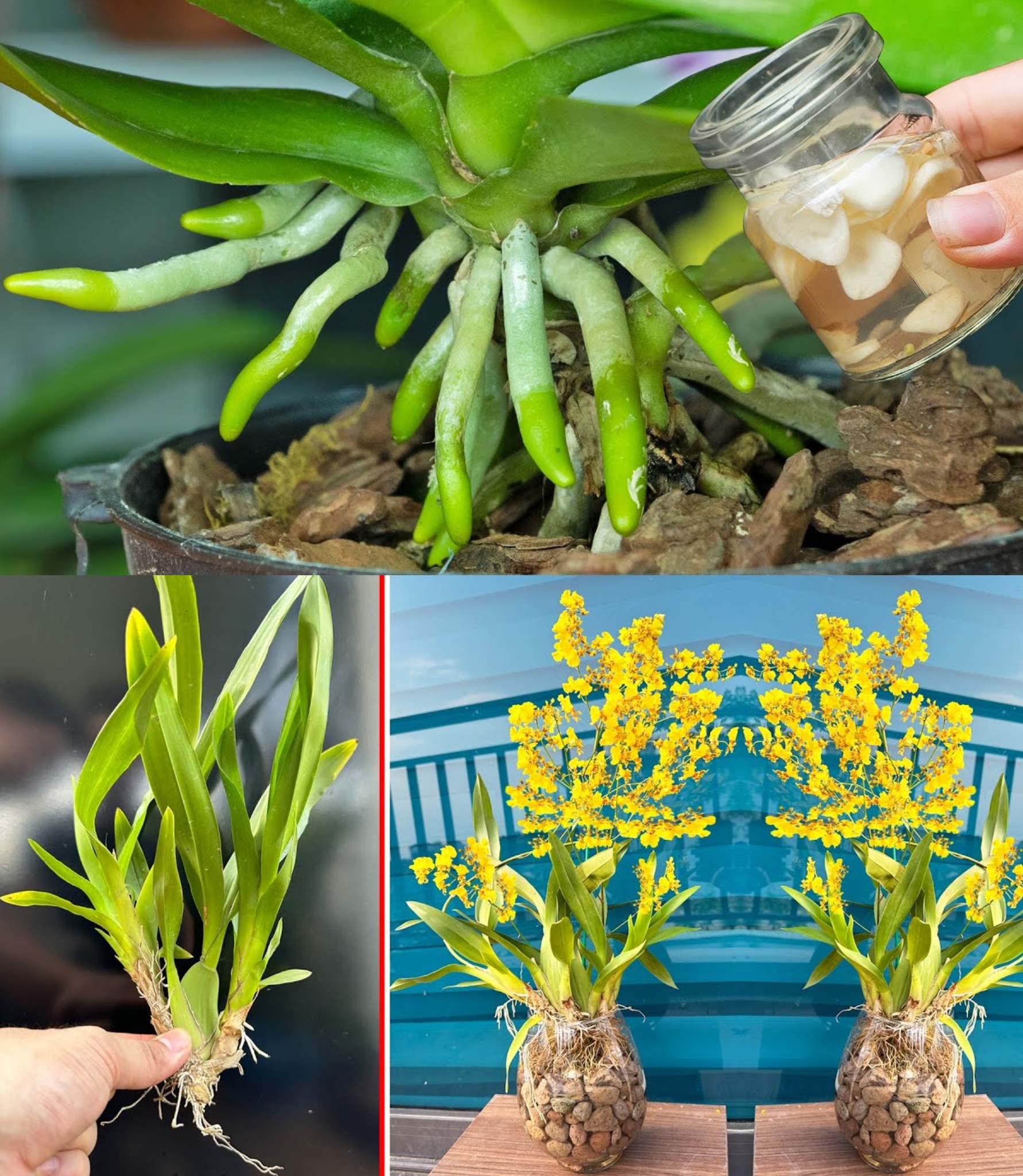
The secret to watering orchids to help them live long and thrive lies in understanding their unique moisture needs. Here’s how to water orchids effectively:
- Allow the Potting Mix to Dry Out: Orchids generally prefer to dry out slightly between waterings. Before watering, check the moisture level of the potting mix by sticking your finger about an inch into the mix. If it feels dry to the touch, it’s time to water.
- Water Thoroughly: When it’s time to water, thoroughly soak the potting mix until water drains out from the bottom of the pot. This ensures that the entire root system receives moisture.
- Avoid Waterlogging: Prevent water from accumulating around the roots, as this can lead to root rot. Make sure the orchid’s pot has drainage holes, and allow excess water to drain away completely.
- Consider the Season: Adjust your watering frequency based on the season and environmental conditions. Orchids may need more frequent watering during warmer months or if placed in a particularly dry environment.
- Use Room Temperature Water: Avoid using cold or hot water directly from the tap. Instead, use room temperature water to prevent shocking the orchid’s roots.
- Mist Sparingly: While orchids appreciate humidity, misting should be done sparingly, especially if the orchid is potted in a well-draining mix. Excessive moisture on the leaves or in the crown can promote fungal and bacterial growth.
- Observe and Adjust: Pay attention to your orchid’s response to watering. If you notice signs of overwatering (such as yellowing leaves or soggy potting mix) or underwatering (such as shriveled pseudobulbs or dry, wrinkled leaves), adjust your watering routine accordingly.
By following these watering guidelines and paying attention to your orchid’s individual needs, you can help it live a long and healthy life. Remember that consistency and observation are key to successfully watering orchids.
